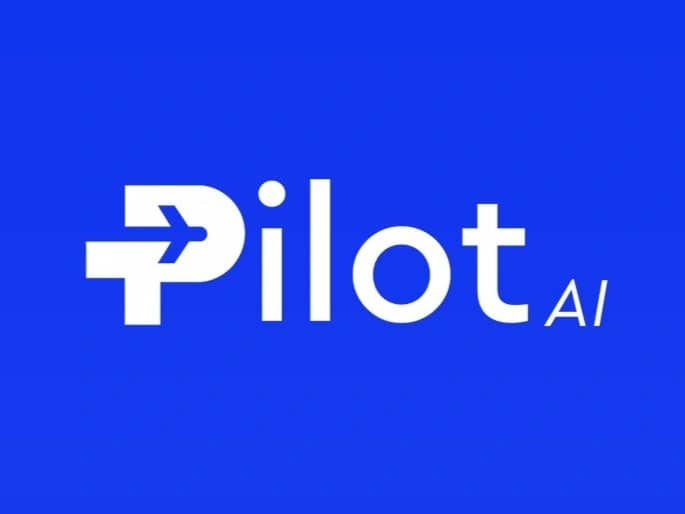订阅 wiki
Share wiki
Bookmark
Pilot AI
Pilot AI
Pilot AI is a personal artificial intelligence agent designed to function as an interface for Web3 activities. It enables users to interact with their crypto wallets and execute both on-chain and off-chain commands using natural language prompts. [1]

Overview
Pilot AI is a platform developed to reduce the complexity and fragmentation of the Web3 ecosystem, where users often navigate multiple decentralized applications, exchanges, and wallets to complete a single task. It provides a unified interface in which an AI agent interprets natural language commands and translates them into blockchain actions, connecting directly to smart wallets through account abstraction. This framework is designed to simplify token transfers, asset management, and other on-chain activities while offering a secure environment with automated safeguards and plugin-based extensions for both blockchain and real-world actions. [2] [3]
The platform is intended for a wide audience, including individuals seeking easier access to crypto services, advanced users looking for efficiency, developers building conversational integrations, and businesses embedding payments into AI workflows. Positioned as a bridge between Web2 commerce and Web3-native payments, Pilot AI supports activities ranging from routine transfers to online purchases made with cryptocurrency. As of mid-2025, the project operates without external venture funding, with its core wallet and transaction features available in a private beta and plans underway to expand capabilities into sectors such as commerce and travel through a public beta release. [1]
Key Features
Pilot AI is built on a large language model–based engine combined with a custom toolchain, enabling users to issue natural language commands that are converted into blockchain actions. Its smart wallet system uses delegated keys, transaction caps, and rate limits, removing the need for traditional seed phrases while maintaining user control.
- Cross-Chain Support: Initially deployed on Base, with expansion planned for other EVM-compatible chains and Solana.
- Wallet Control: Smart wallet infrastructure with delegated keys, rate limitations, and transaction caps.
- Command Types
- Purchase items online (e.g., Amazon, Shopify, Farfetch)
- Transfer cryptocurrency using usernames or handles
- Swap tokens and manage balances
- Claim airdrops, mint NFTs, and interact with decentralized applications
- Set up automations and reminders
- Security: Transactions require explicit user confirmation, with safeguards ensuring transfers cannot occur without permission. [7]
Use Cases
- Token and Asset Management: Users can send cryptocurrency, check wallet balances, and manage their token portfolios. Examples of commands include "Send 0.1 ETH to @jack" and "How much SOL do I have left?"
- E-commerce and Online Shopping: A key feature is the ability to facilitate online purchases of physical goods, such as instructing the agent to "Buy me a phone charger."
- Travel Bookings: The project plans to expand into travel, allowing users to book flights and hotels using cryptocurrency through the AI interface. [1]
Confirmed Partnerships
发现错误了吗?
